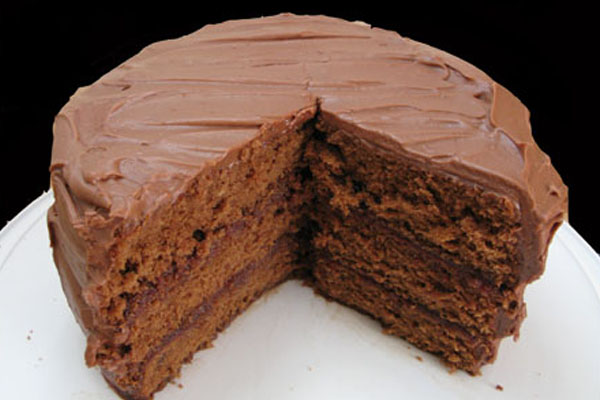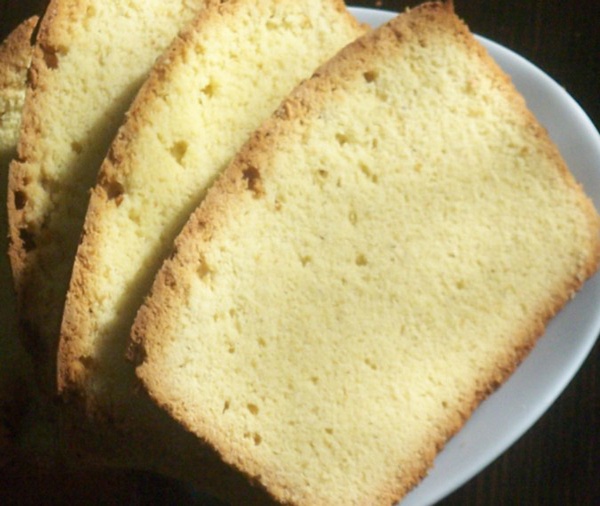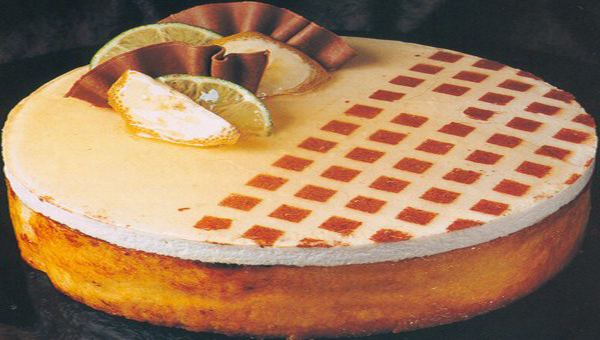
Can you think of any celebration sans cake? No, right? But how many of us are fully aware of the types of cake? Cake baking is an art and it deserves to be known. There exist plethora of cake varieties and diverse ways of categorizing them. Professional bakers categorize them based on ingredients and mixing methods. However, home bakers categorize cakes based on flavors which donât help much when you try to understand how to make best cakes.
Cake and its varieties form a world in itself and no way can be listed down. But here is an honest attempt to make you learn about the basic types of cakes. To start with, know that the final texture and the color vary depending upon the procedure of the batter prepared.
1. Butter/Oil Cakes

These contain some kind of fat (mostly butter) and baking powder. The creaming method is used to combine the ingredients where with an electric mixer the soft butter and sugar are beaten together to moderately dissolve the sugar and to incorporate some air. Afterwards, dry and wet ingredients are added. The result of it is a light and airy crumb. The best cakes are of moist buttery richness and are very light. These cakes are further categorized into:
a. Pound cakes
A pound each of butter, sugar, flour and egg are used to make this simplest butter cake. The texture is dense yet tender and is heavier than the layer cakes. The trick is to use reasonably soft butter. These lightly flavored cakes are baked in a loaf/Bundt pan and served plain or topped with little glaze or water icing. Varieties of pound cakes are: sour cream, fruit crumb and coffee cakes.
b. Butter (and Oil) layer cakes
Remember the birthday cakes? Those were possibly of this type. These cakes are moist, flavor full and lighter than the traditional pound cakes. Some of the famous butter layer cakes are: devil’s food cake (chocolate flavored), golden cakes (prepared using egg yolks for richness and golden color), and white cakes (egg whites are used to create a lighter, whiter-colored cake).
2. Sponge and Foam Cakes

These cakes are famous for the missing ingredients in them. They do not contain fat and leavener (baking powder). Instead eggs or egg whites are whipped to create the volume. The air whipped into the eggs inflates during baking and thus the cakes rise on their own without the use of baking powder. The trick is not to deflate the whipped eggs. Dry ingredients are usually sifted over and softly folded in. The cakes are exceptionally light, airy with spongy texture. The basic types of sponge and foam cakes are:
a. Angel food cake
The specialty is the use of egg whites only. Here the flour is added once the whites are firmly whipped with sugar. The cakes are snowy-white, airy and extremely delicate. Once baked in non-greasy tube pans, cakes are cooled upturned, as they would crumple if cooled right-side-up or if removed from the pan while still warm.
b. Genoise
This richly flavored cake is made using the whole egg. Before whipping, the eggs are mixed with sugar and tenderly heated over simmering water. Flavored syrups are added to moisten them as they lack flavor. These are used to make layered and rolled cakes. One can find them any day in European coffee shops where they are sliced into thin layers and mounded with rich fillings.
c. Biscuit (pronounced as bees-kwee)
Here also the whole egg is used but the difference lies is whipping the whites and yolks separately. Once whipped, they are folded back together. In comparison to genoise, the batter is lighter and drier and holds its shape better after mixing. It’s often used for piped shapes.
d. Chiffon cakes
This happens to be a cross between an oil cake and a sponge cake. Both baking powder and vegetable oil are used here. Eggs are separated and the whites are beaten thoroughly (to soft peaks) before being folded into the batter. Cakes are richly flavored with a tender crumb. The texture is very light and more like a sponge cake. Depending upon oneâs choice they can be baked in tube pans or layered with fillings and frostings.
3. Low or No-Flour Cakes

These types of cakes normally have a creamy or silky texture. Depending upon choice, they can be baked or unbaked.
a. Baked flourless cakes
Theyâre often made in a spring form pan so that they could be easily removed. Inside an outsized pan which is half-filled with water, the batter filled pan is positioned. This method protects the delicate cake from strong bottom heat of oven. This process is called baking the cake in a water bath. Hence a porous rather than silky texture is attained. Varieties include cheesecakes and flourless chocolate cakes.
b. Unbaked flourless cakes
Dessert ring and springform pan are used for molding the cakes and are basically chilled before unmolding. Unbaked cheesecakes and mousse cakes are the varieties of it. Generally before adding the mousse, the crust or bottom layer is baked. Sometimes other layers, such as genoise or biscuit, are used in the place mousse.




